To solve the problem of weak Wi-Fi signals without router access, this tutorial provides workable alternatives to improve connectivity. So let us know how to boost WiFi signal without access to router.
Reposition your device, reduce interference, and adjust device settings for optimal performance to improve your Wi-Fi signal without having access to the router. By providing crucial advice for enhancing Wi-Fi signals without gaining access to the router, this site assists readers in navigating the difficulties of contemporary connectivity problems.
Weak Wi-Fi connections are a major obstacle in today’s fast-paced digital world, affecting user experience and productivity. This tutorial gives readers doable methods on how to boost WiFi signal without access to router so they may continue browsing the internet without physically visiting the router.
See Also: How To Change WiFi On Feit Electric App: Step By Step Guide
Table of Contents
Understanding WiFi Signal Interference
Understanding the basic principles of Wi-Fi transmissions is crucial to appreciate the subtleties of signal interference. Wi-Fi uses radio frequencies, usually 2.4 GHz or 5 GHz, to transport data over wireless routers. Nevertheless, interference can occur at these frequencies, reducing the intensity of the transmission.
Sources of signal interference include Bluetooth devices, microwave ovens, and cordless phones.
Furthermore, a congested frequency space brought on by nearby Wi-Fi networks sharing a channel might result in signal deterioration and overlap. Slower data rates and a general decline in network performance are frequently the effects of this interference.
Furthermore, a significant factor in signal quality is the physical surroundings. Metal and concrete are examples of construction materials that might block Wi-Fi signals.
The capacity of the signal to penetrate and propagate is affected by the density and makeup of the walls, floors, and ceilings. 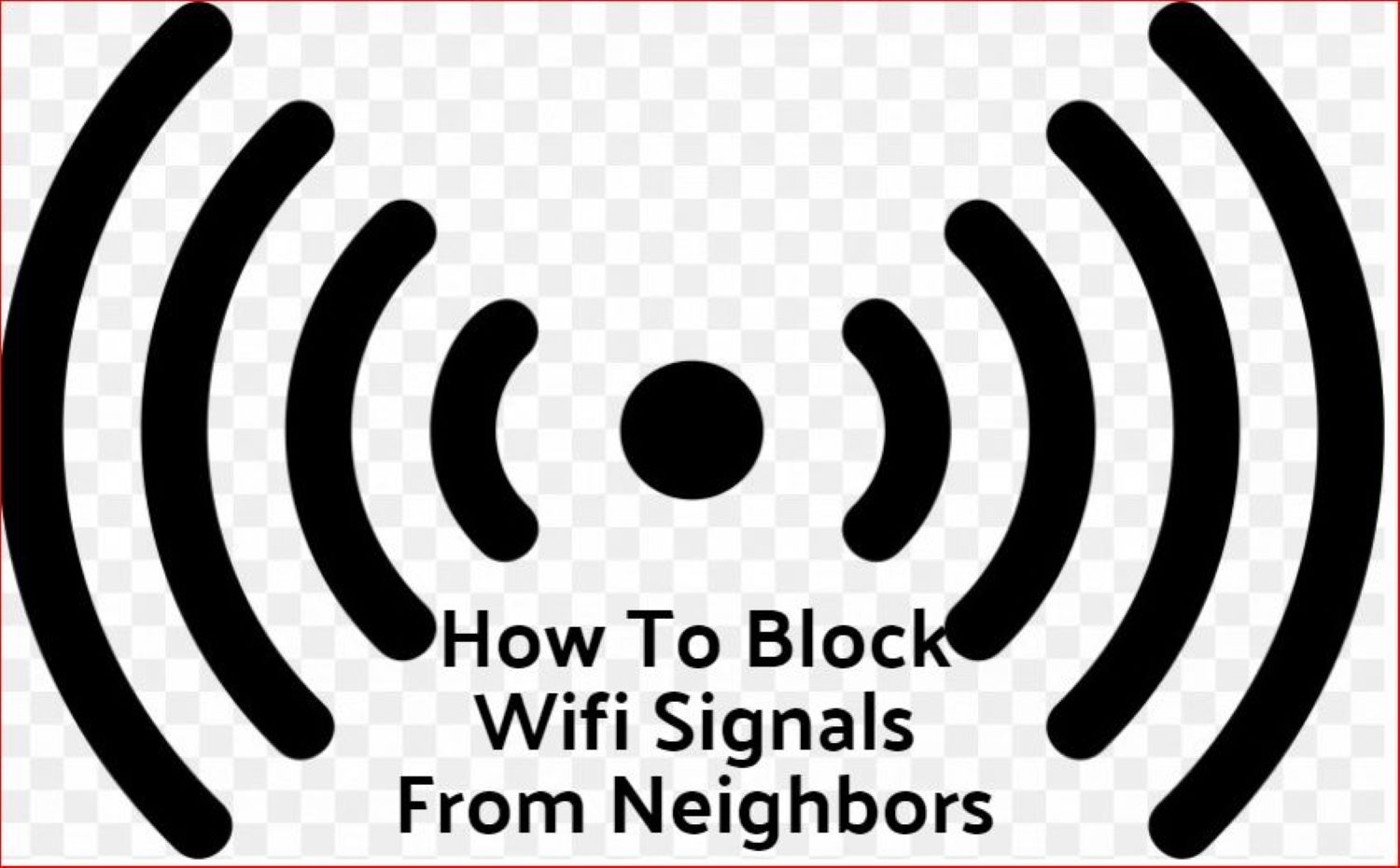 For example, Wi-Fi signals in some parts of the building may be severely attenuated by concrete barriers, making connections weaker.
For example, Wi-Fi signals in some parts of the building may be severely attenuated by concrete barriers, making connections weaker.
In addition, electrical devices and home appliances may cause interference. Signal transmission can be interfered with by devices that use frequencies comparable to Wi-Fi, such as baby monitors and cordless phones.
It is essential to locate and eliminate certain sources of interference to increase Wi-Fi signal strength without having direct access to the router.
Anybody looking to improve connectivity must comprehend the complex interplay between Wi-Fi signals and possible sources of interference. Users may maximize their Wi-Fi experience even without a router by understanding how electrical gadgets and their surroundings affect signal quality. Now look at ways how to boost WiFi signal without access to router.
Identifying and Removing Interference Sources
Identifying and reducing interference sources is essential to maximizing Wi-Fi signal strength without access to a router. Determine whether typical home products like microwaves, Bluetooth gadgets, and cordless phones can interfere with your signal.
These gullible offenders send transmissions on wavelengths that interfere with Wi-Fi and cause disturbances. Effectively control interference by carefully moving things around or turning off gadgets when not in use.
It can improve signal stability by carefully moving electrical devices; one example would be moving the microwave away from the Wi-Fi router. Turning off Bluetooth and wireless phones when not in use also helps create a more organized Wi-Fi environment.
Turning off Bluetooth and wireless phones when not in use also helps create a more organized Wi-Fi environment.
Understanding that various household devices function on frequencies that align with Wi-Fi transmissions is important. Through proactive mitigation of interference and awareness of these things’ placement and functioning conditions, users may enhance their Wi-Fi connectivity.
Additionally, managing Wi-Fi security, such as changing passwords, is crucial. Even without direct access to the router, resources like how to change password in Etisalat wifi offer valuable insights into securing Wi-Fi networks effectively. Additionally, for those looking to explore free and alternative network options, guides like Xfinity Wi-Fi login for free provides access to a wider network infrastructure, offering diverse connectivity choices and settings adjustments.
This simple but efficient method enables users to receive a stronger and more consistent Wi-Fi signal without physically visiting the router, guaranteeing a flawless online experience from the comfort of their homes.
Optimizing Wi-Fi Channel Selection
Optimizing channel selection is one of the most important things to improve the Wi-Fi signal without direct router access. Signals from nearby networks can congest Wi-Fi channels, interfering with signal transmission and lowering efficiency. You may lessen these problems and increase the strength of the connection by switching the Wi-Fi channel.
Accessing your device’s Wi-Fi settings is the first step towards finding the best channel.
- Find the channel selection option. It is usually located in the Wi-Fi configuration menu or the advanced options.
- Upon arrival, use the integrated resources to search for accessible channels and their corresponding degrees of traffic congestion.
Choose a channel with the least interference, ideally one not used by other networks.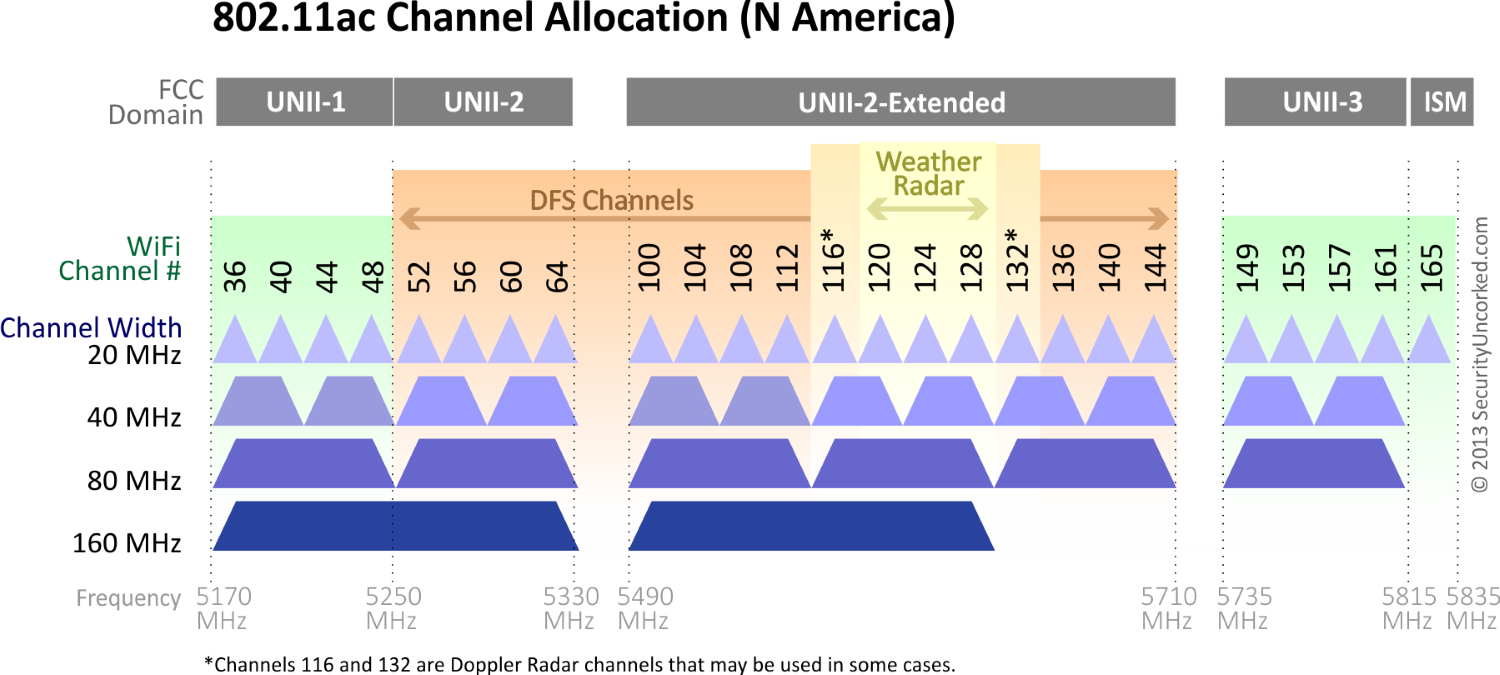 This step is essential in preventing congestion that might degrade signal quality; channels 1, 6, and 11 are often suggested because of their non-overlapping frequencies.
This step is essential in preventing congestion that might degrade signal quality; channels 1, 6, and 11 are often suggested because of their non-overlapping frequencies.
Change your Wi-Fi channel setting after you’ve determined which channel is best. You may make this change in your device’s Wi-Fi settings. Once the adjustments are confirmed, your device will run on the chosen channel, which may lessen interference and boost signal strength. For further insights into managing Wi-Fi settings like DHCP server configurations, check out this resource about wireless pan DHCP server.
By following this simple, step-by-step advice on improving Wi-Fi channel selection, users may greatly enhance their Wi-Fi connection without having to get direct access to the router.
With the help of this straightforward but powerful technique, people may get over connectivity issues and take advantage of a stronger and more dependable wireless experience. It is one of the best ways how to boost the WiFi signal.
Switching to a Different Frequency Band
Without access to a router, strategically shifting between frequency bands is essential for improving Wi-Fi signal strength. The two main bands—2.4GHz and 5GHz—have unique properties that impact signal performance.
Although the 2.4GHz band has a longer range and may pass through obstructions, it can be interfered with by various devices, including microwaves and cordless phones.  The 5GHz band, on the other hand, has a limited range but enables quicker data speeds with fewer interference. It is essential to comprehend this difference to maximize signal strength.
The 5GHz band, on the other hand, has a limited range but enables quicker data speeds with fewer interference. It is essential to comprehend this difference to maximize signal strength.
To efficiently change bands, find your device’s Wi-Fi settings.
- Navigate to the network settings and choose the Wi-Fi network that has to be changed.
- Find the frequency band option (typically located under advanced settings) in the network settings.
You may switch between 5GHz and 2.4GHz according to your needs. Switching to the 5GHz band for your device can greatly increase signal strength, especially in areas with many other connected devices.
This tactical change reduces interference and boosts data transfer speeds, which results in a stronger and more dependable Wi-Fi connection. Users may use several frequency bands to overcome signal issues and enjoy a more seamless internet experience by following these easy guidelines.
Increasing Router Transmission Power
Changing the transmission power becomes a crucial tactic for improving Wi-Fi signal strength without having direct access to the router. The router’s transmission power determines the signal’s strength and range. Users may adjust power levels for best performance by accessing the router settings to start the process.
Entering the router’s web interface is necessary to access the settings. Once logged in, go to the “Wireless” or “Wi-Fi” area to find the transmission power option.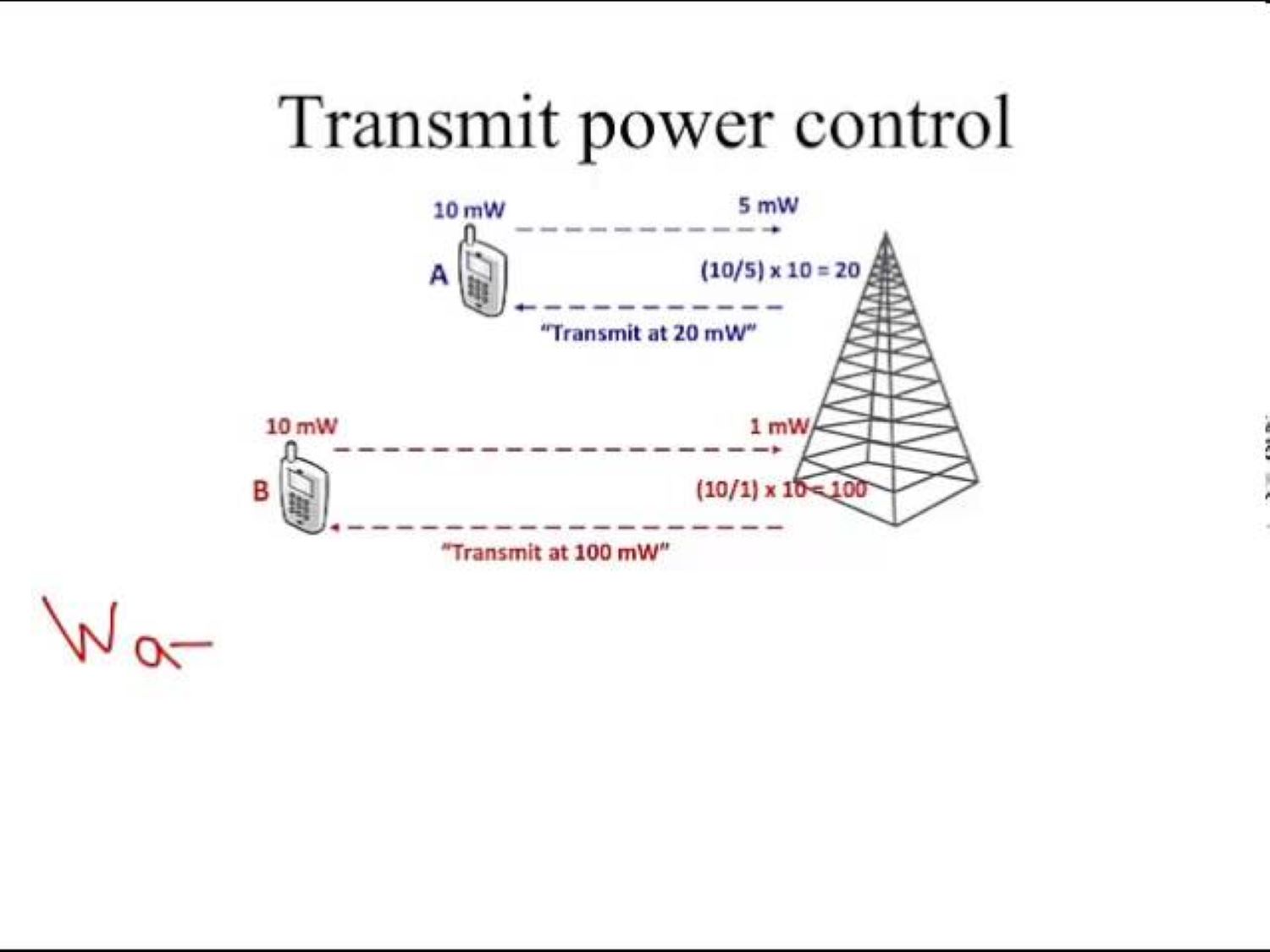 Users may enhance the signal’s reach by adjusting this option, which is advantageous for wider locations or getting past signal-threatening barriers.
Users may enhance the signal’s reach by adjusting this option, which is advantageous for wider locations or getting past signal-threatening barriers.
With direct access to the router, users may manage the complexities of connectivity issues by carefully adjusting the transmission power settings.
This little but effective change enables users to get the most out of their Wi-Fi, promoting stronger and more dependable connections even when direct router access is prohibited. Adjusting transmission power settings is a crucial strategy to boost WiFi signal, highlighting the flexibility and ingenuity in enhancing connection.
Using External Antennas
It is possible to increase Wi-Fi signal strength without having direct access to the router by carefully using extra antennas. These antennas have several benefits for improving connectivity when used wisely.
With the help of external antennas, Wi-Fi signal quality and range are increased while interference and obstructions are reduced. Picking antennas with greater gain ratings will maximize their advantages and guarantee a stronger signal reception.
When installing the external antenna, set it upright for best results, and consider placing it outside for better coverage.
Ensure your device supports the radio bands covered by the external antennas and prioritize compatibility when selecting one. 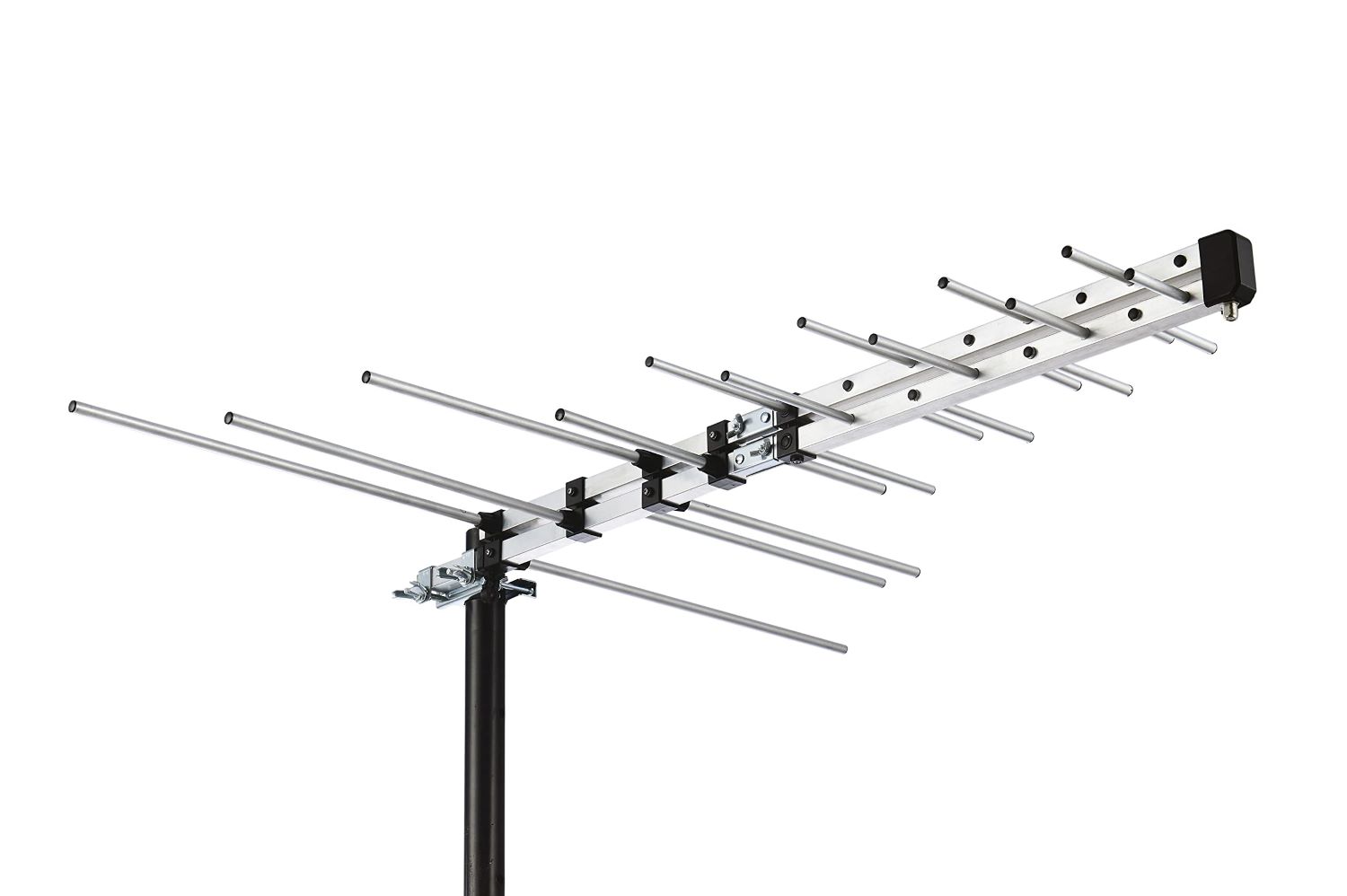 If you want more coverage, use omnidirectional or directional antennas concentrating signal strength in a certain area.
If you want more coverage, use omnidirectional or directional antennas concentrating signal strength in a certain area.
Connecting the external antenna to your device’s Wi-Fi connection and ensuring it fits snugly to avoid signal loss is the only complicated part of the installation.
It is possible to get around connectivity issues without getting access to the router by including extra antennas in your Wi-Fi upgrade plan. These antennas function as efficient signal boosters. It enables users to create a wider, more dependable network coverage for better online experiences.
Relocating the Router
Suppose you want to boost internet signal strength without going directly to the router; consider the device to your house. Placement is done just right. It can greatly improve connection. Place the router in the center to reduce obstacles and guarantee a more even signal dispersion throughout the home.
Prioritize core areas when choosing a site, keeping them clear of bulky furniture and walls that might obstruct signal transmission.
Further, raising the router can achieve reduced interference and improved signal coverage. For example, mounting it on the wall or placing it on a shelf.
Furthermore, positioning away from metal objects and electronic appliances is essential to minimize signal absorption and reflection, which can reduce overall performance.
Users may use increased signal strength and coverage by carefully moving the router, resulting in a more dependable and effective Wi-Fi network. This easy modification may improve the general connectivity experience around your house. It doesn’t require direct router access. So this is how to improve the Wi-Fi signal.
See Also: Tenda WIFI Login- An Easy And Complete Guide To Logging In
Investing in Wi-Fi Extenders or Repeaters
Wi-Fi repeaters and extenders are essential to increase signal strength and coverage. By boosting already-existing signals, they reduce dead zones and provide a more dependable connection throughout your area.
Single-band and dual-band extenders are the two most popular varieties. Dual-band versions of extenders use both the 2.4 and 5 GHz bands for better performance. Single-band devices only use one frequency. It’s simple to install: connect the extender to an electrical outlet close to your current Wi-Fi signal. 
Investing in Wi-Fi repeaters or extenders allows users to easily increase the reach of their network even without access to a router. This affordable option is especially useful for large residences or workplaces where a single router might need to offer reliable coverage.
Accepting these devices allows consumers to deal with the difficulties caused by spotty Wi-Fi connections. It results in a more streamlined and productive online experience. You can even try changing the wifi or reconnecting. Learn how to change wifi on your Smart Life device to keep it protected.
Considering a Router Upgrade
Upgrading to a more powerful router is a crucial factor to consider when thinking about how to boost the Wi-Fi signal without having direct access to the router. When weaker signals result from outdated routers that can no longer keep up with the needs of the ever-expanding digital world, an upgrade is required.
Analyze your connectivity requirements, and if you frequently experience signal problems, invest in a strong router that may greatly improve performance. So, that is how you can boost wireless signals.
Evaluating service area, device compatibility, and speed needs is necessary while choosing the best router. Choose from dual or tri-band routers to support several devices easily.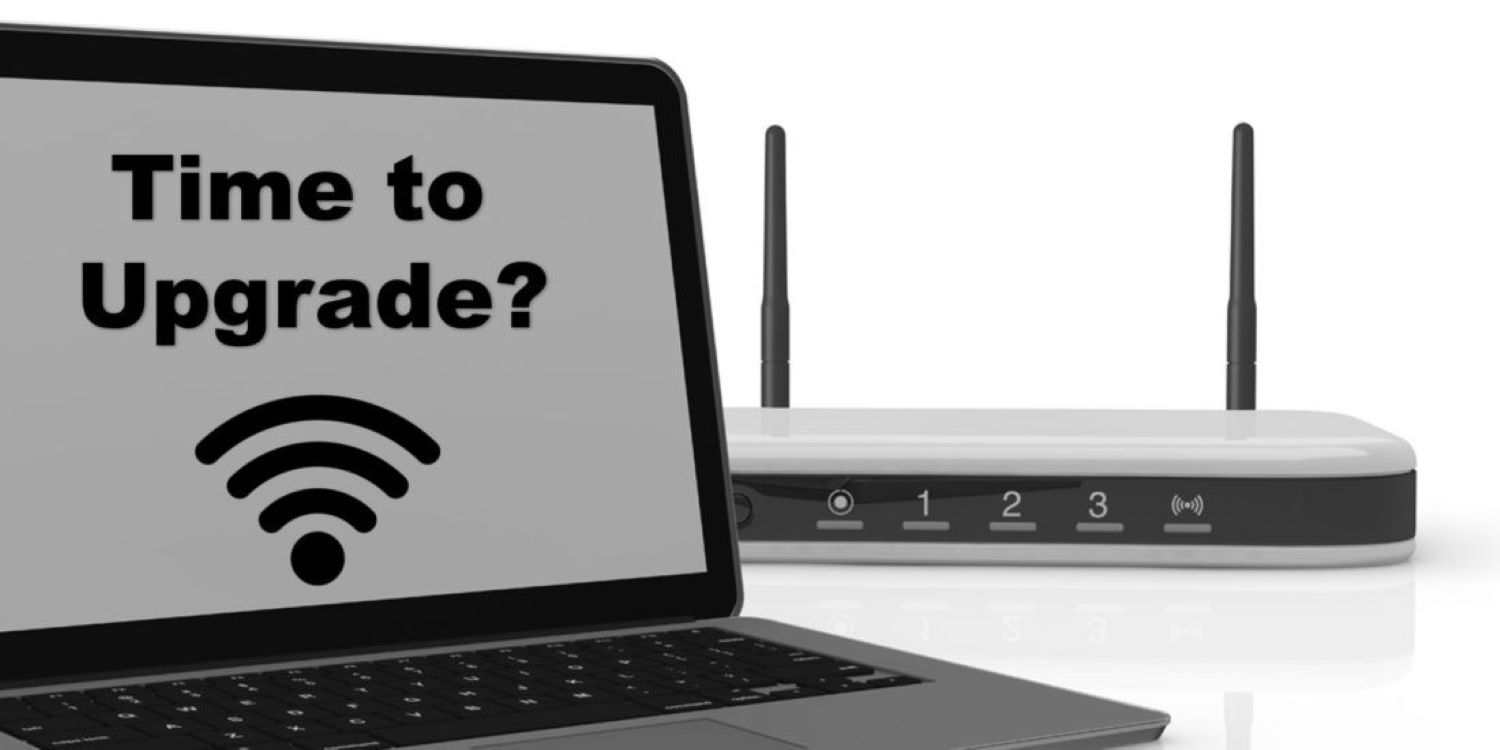 Furthermore, routers with sophisticated capabilities like beamforming and MU-MIMO are preferred for optimal performance in congested networks. Select a trustworthy brand with a solid reputation, and look up customer experiences in reviews.
Furthermore, routers with sophisticated capabilities like beamforming and MU-MIMO are preferred for optimal performance in congested networks. Select a trustworthy brand with a solid reputation, and look up customer experiences in reviews.
A fair router update is crucial for solving Wi-Fi signal issues. Users may empower themselves to enjoy a better, more reliable wireless connection even when direct router access is impossible by knowing when to make this change and choosing a router targeted to specific needs. So that is all in how to boost WiFi signal without access to router.
See Also: Realtek Default Router Login – IP Link And Password
FAQs
How can I increase the speed of my Wi-Fi?
When streaming or playing games, keep other apps to a minimum on your smartphone. Close any open browser tabs and applications. Look for any system or software upgrades that enhance your device's connection.
How can I fix inconsistent Wi-Fi?
Take note of the areas with patchy service, and if you can, consider moving your router. Check for any interference from additional devices. If your router has beamforming capability, make use of it. Try using a 5GHz network as a temporary workaround if one is available.
Is it feasible to increase Wi-Fi coverage without having to install any hardware?
Not really. To reach farther, you'll need extra hardware. In places with poor signal, you can use powerline adapters, wireless repeaters, and extenders, or your smartphone as a hotspot as a temporary solution.
How can I detect interference from Wi-Fi?
Use a Wi-Fi analyzer app to download and search for potentially interfering networks. Relocate your router from 2.4GHz-using equipment such as microwave ovens, baby monitors, Bluetooth headsets, and cordless phones.
Conclusion
Our research into improving Wi-Fi signal quality without having direct access to the router yields useful information for a flawless online experience.
These useful suggestions address the prevalent problem of poor signals, from strategic device location and interference reduction to improving device settings. Moreover, when continuous connectivity problems arise, a router update becomes indispensable. It offers a strong reaction to the constantly changing needs of the digital world.
By implementing these techniques on how to boost WiFi signal without access to router, users may greatly increase Wi-Fi connectivity, promote productivity, and improve online experiences.
Even when direct router access is prohibited, the secret is to grasp the subtleties of signal optimization. We want readers to experiment with these methods, customizing them for their situations and sharing their results.
`Your input expands the community’s collective knowledge and helps them overcome navigating and mastering wireless networking challenges. By working together, we may enable ourselves to take advantage of stronger and more dependable Wi-Fi connections, regardless of the limitations imposed by router accessibility.
See Also: The Complete Guide To TE Data Router Login

Originally hailing from Troy, Ohio, Ry Crist is a text-based adventure connoisseur, a lover of terrible movies and an enthusiastic yet mediocre cook. He has a strong appreciation for nifty, well-designed tech that saves time, looks stylish, and/or helps him avoid burning his dinner quite so often. Ry lives in Louisville, Kentucky.

